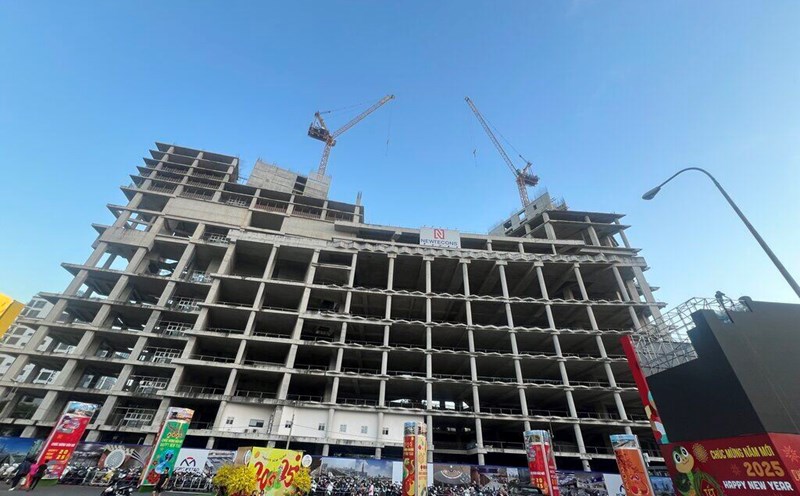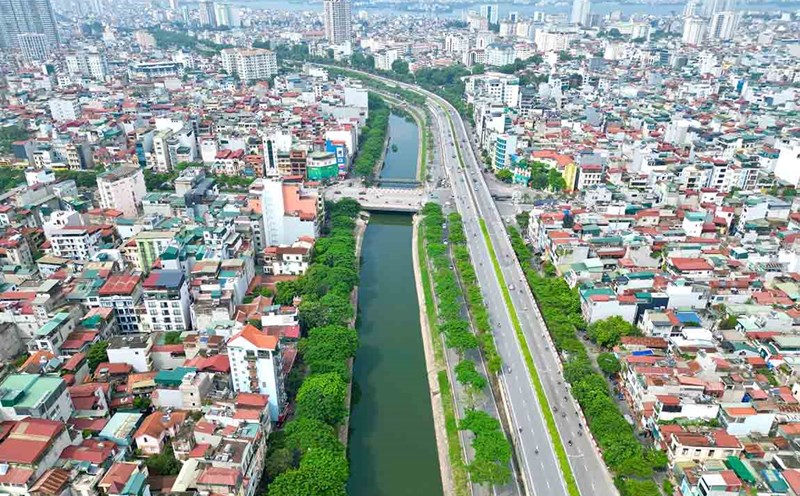Investor Nam Long Group is accelerating the opening of a series of projects for sale in integrated urban areas such as Waterpoint 355 ha (Tay Ninh), Izumi City 170 ha (Dong Nai), Mizuki Park 26 ha (HCMC) and Nam Long II Central Lake 43 ha (Can Tho). In the Northwest area of Ho Chi Minh City, T&T Group is preparing to open the second phase of the 267-hectare T&T City Millennia metropolis in Tay Ninh for sale. In the first phase, about 500 townhouses are being offered for sale, with an estimated price of 6-15 billion VND per house.
In addition, the market will also welcome new supply with many projects with a scale of over and under 100 hectares such as Eco Retreat 220 hectares (Tay Ninh); Aqua City 1,000 hectares, Eco Village 55 hectares (Dong Nai); Global City 117 hectares, ... DKRA Group consulting and service company forecasts that in the third quarter, the housing supply in this area can reach nearly 11,000 products, concentrated in Ho Chi Minh City (including Binh Duong, Ba Ria - Vung Tau old) and Tay Ninh (including Long An old). In particular, large-scale integrated urban area projects account for more than 50% of the total newly opened products, continuing to lead the supply in the second half of the year.
However, for experts in the real estate sector, it is worth paying attention to the fact that many investors who are investing heavily in developing large projects can easily cause the market to receive a large amount of supply at the same time, leading to the risk of "abundance" in housing, especially when product lines deployed in integrated urban areas often have low prices and are not easy to access.
Market data from Savills shows that for the apartment segment, from the end of 2024 to the beginning of 2025, the average primary selling price in the old Ho Chi Minh City will be around 90 million VND/m2. Meanwhile, areas such as Binh Duong, Ba Ria - Vung Tau (old) already have many new housing projects, recording an average price of about 40 million VND/m2, with most of the projects below this level.
The large price difference between the old Ho Chi Minh City and the newly merged areas makes the average price level of the whole of Ho Chi Minh City tend to decrease if calculated on the new geographical scale. However, according to Savills, this is a statistical effect, not reflecting changes at the project level or area.
According to Savills, the market has not yet recorded a clear change in selling prices for each project after the merger. Internal factors including real housing needs, infrastructure connectivity and population characteristics still play a major role in the formation of selling prices.
Another important factor keeping housing prices high is land costs, which account for a large proportion of the project development cost structure. Savills believes that the current land price framework of the State has never been adjusted down, and the steps to review the land price framework after the merger are still in the research process.
When input costs have not changed, factors such as selling prices or investment scale will hardly be able to adjust significantly. In that context, housing prices in Ho Chi Minh City are expected to have a hard time decreasing as expected by some investors and even continue to grow.
Experts are concerned that when supply increases sharply but prices remain high, liquidity may be affected, especially for young customers. Without a suitable development strategy, the market is at risk of quickly shifting from lack of supply to large-scale supply.











